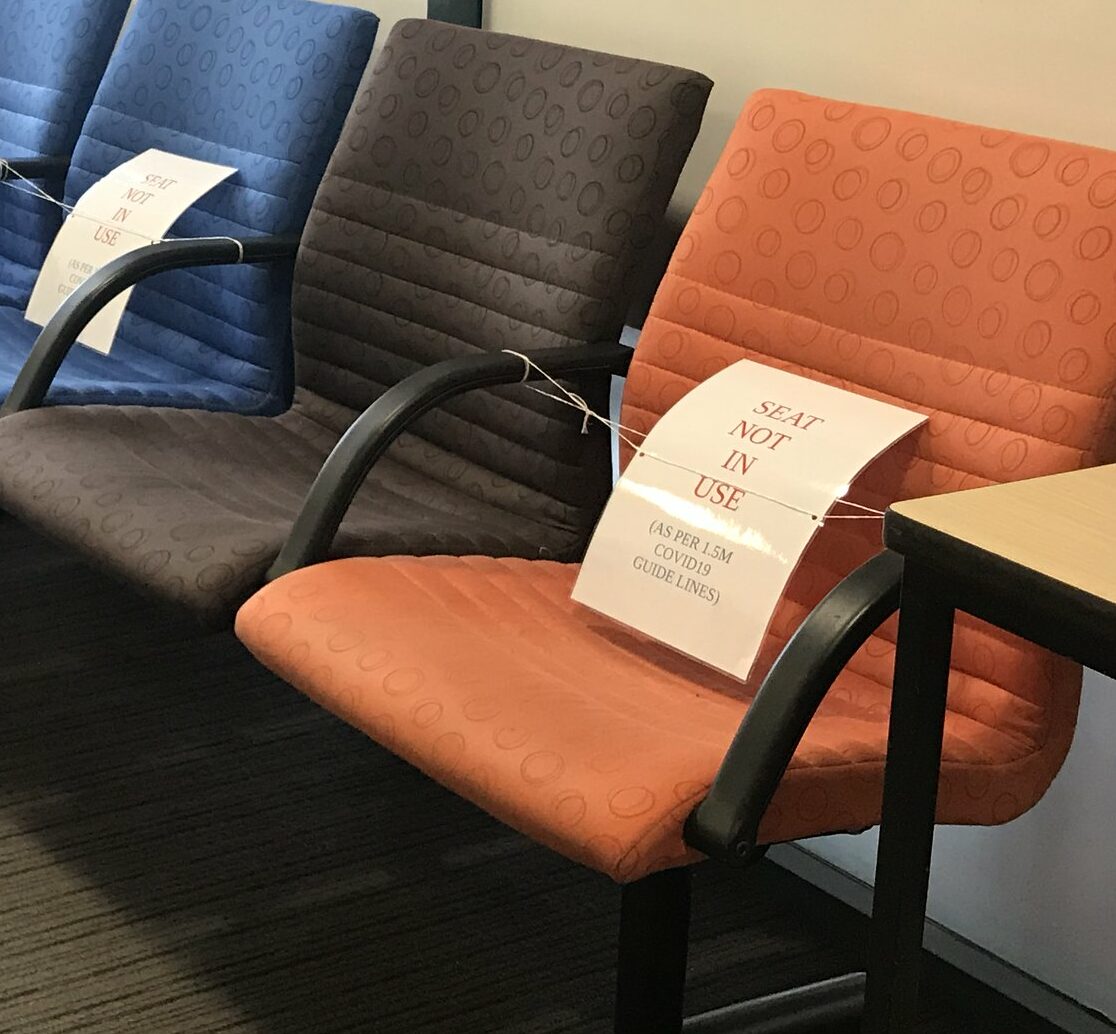
I’ve been following the continuing impact of gaps or delays in patient care due to the pandemic, so I was interested to see research on this topic (paywall). The study is an early look at the demographics of those affected by involuntary delays in care — people who had to delay, reschedule or cancel medical appointments or procedures because of COVID-19. This has been a challenging time for everyone in healthcare, including patients not able to engage in care in the usual ways, with many instances of care denied, delayed or avoided, with potentially harmful results.
While this study contributes to our understanding of missed and delayed care, some results initially seem counterintuitive. On reflection, they contain lessons about our healthcare system in general, not just about pandemic-related disruption.
The researchers say their study provides “the first estimates of socioeconomic and demographic characteristics associated with involuntary care delays and cancellations…using a large (N = 34,849), nationally representative survey of the adult population.”(p2)
Specifically, they used data from the U.S. Census Bureau’s monthly Current Population Survey, which included supplemental questions about COVID-19 in May through October 2020. One of those questions asked whether the respondent or anyone in their family had experienced a cancellation or delay in care due to the coronavirus.
Reporting the demographic categories included in the study, the researchers found that being older, in fair or poor health, and disabled (to a degree that limits the ability to work) were associated with a greater likelihood of missed or delayed care. That much is consistent with common assumptions because those demographics would generally be expected to require health care services more frequently than average. But non-Hispanic white people with health insurance and college degrees were also associated with missed or delayed care, which feels counterintuitive. That demographic is generally associated with better health and therefore in less need of health services.
The researchers note that people with lower socio-economic status and levels of education and people who live in under-resourced minority communities are more likely to present for acute or emergency care and therefore be less affected by physician office closures. They also note that non-essential, elective care — used more often by highly educated, well-resourced individuals — was suspended in many locations during the early months of the pandemic, driving up the incidence of disruption in that population.
Trends by age present another counter-intuitive result. Although the level of disruption to care begins to steadily increase at age 45, it ticks down again at age 75 and older. Initially this seems surprising, as people generally require more health care as they age. The researchers point out that the high rates of serious illness and death from COVID-19 in that age group in early 2020 may have prompted clinicians to encourage those patients in particular to stay home and avoid health care settings. The study makes no mention of telehealth services.
The study provides illuminating data and reflection on recent healthcare trends during an extraordinary time. It also provides a reminder that access to health care services is highly variable in the U.S. and often associated with privilege. Many people are unable to access the care they need under normal circumstances, not just during a pandemic.




